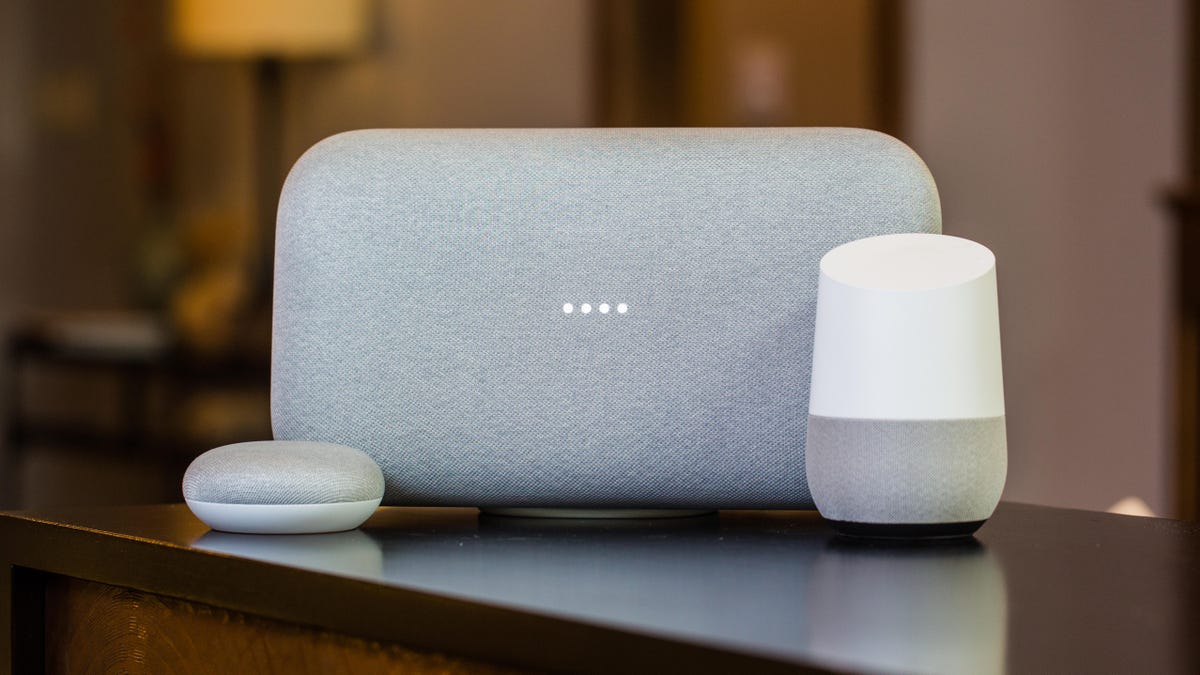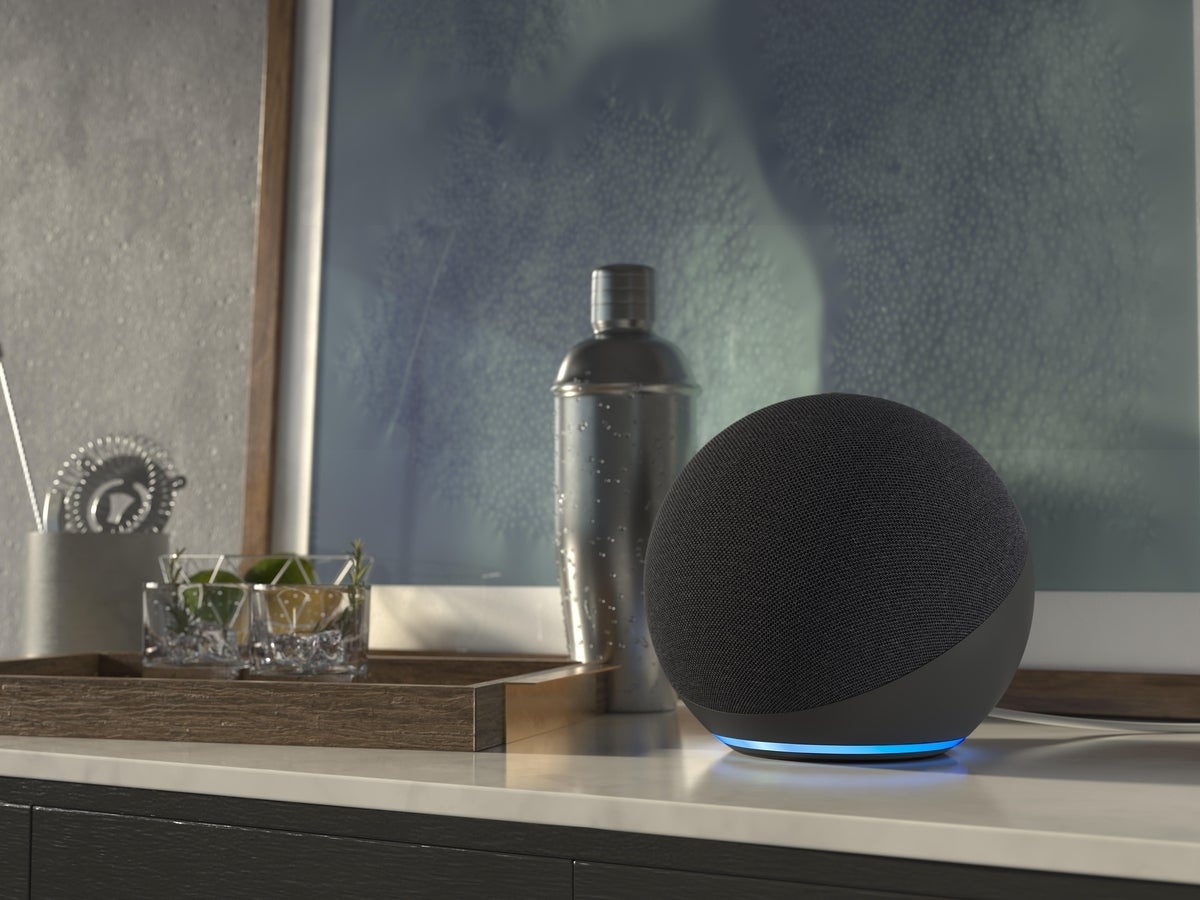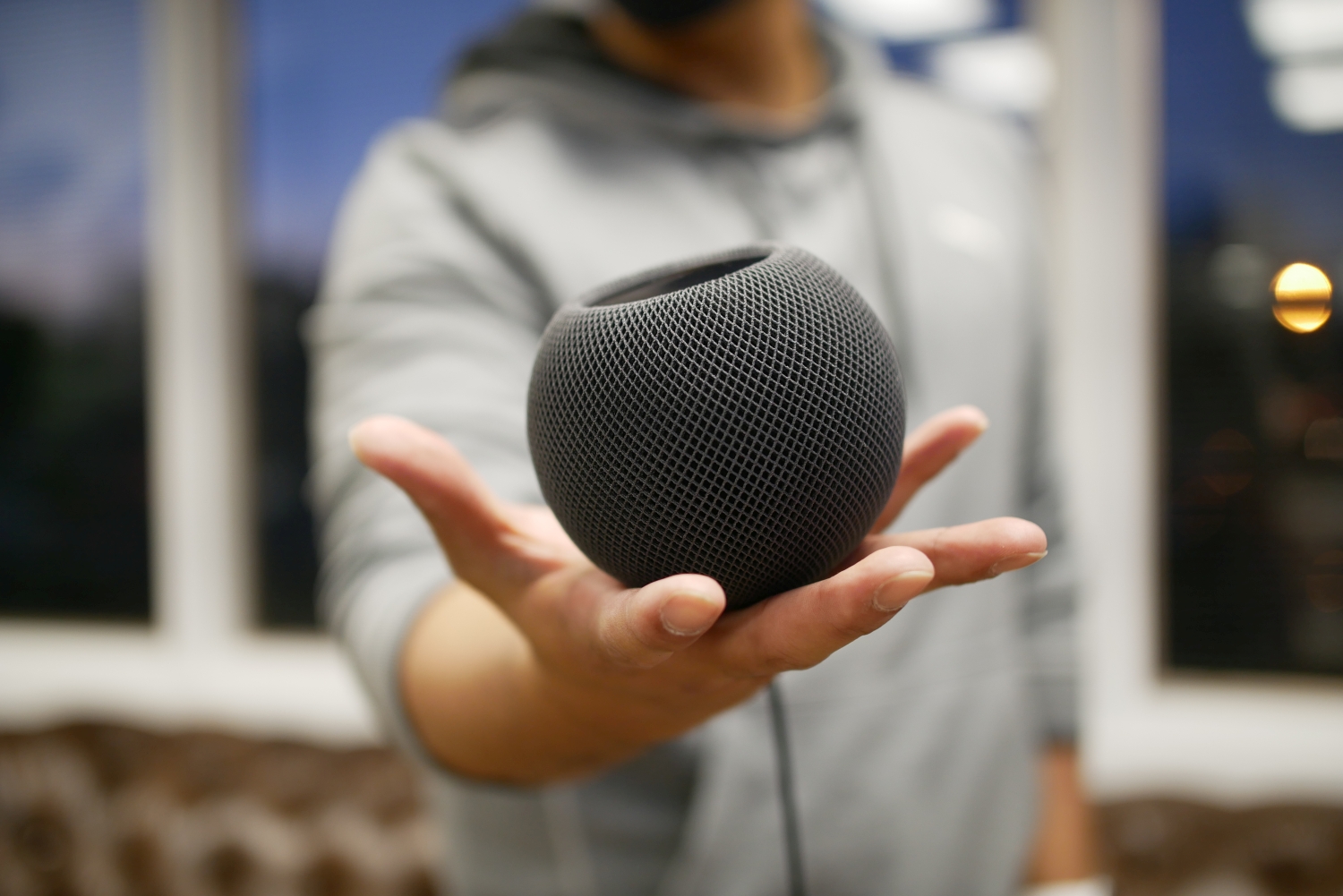Challenges in Adopting Soundbox Devices: Overcoming Hurdles in the Audio Revolution 2023

Challenges in Adopting Soundbox Devices: Overcoming Hurdles in the Audio Revolution 2023
Soundbox devices, also known as smart speakers or voice assistants, have taken the world by storm over the past few years.
These innovative gadgets offer a wide range of functionalities, from playing music to answering questions and controlling smart home devices, all through voice commands.
However, despite their rapid rise in popularity, soundbox devices face several adoption challenges that hinder their widespread acceptance

Soundbox devices, such as Amazon Echo, Google Home, and Apple HomePod, entered the market in the early 2010s.
They combine voice recognition technology with artificial intelligence to provide users with an interactive and convenient experience.
By 2020, these devices had become a staple in many households, with millions of units sold worldwide.
Challenges in Adoption
- Privacy Concerns
One of the primary challenges facing soundbox devices is privacy concerns. These devices are always listening for their wake word, which raises questions about data privacy and security. Users worry that their conversations could be recorded and shared without their consent, leading to potential breaches of privacy.
Manufacturers need to be transparent about their data collection practices and provide robust privacy settings. Users should have complete control over what data is recorded and stored, and companies should be clear about how they use this data. Implementing physical mute buttons that disconnect the microphone can also help address privacy concerns.
- Limited Use Cases
While soundbox devices are versatile, many users perceive them as one-trick ponies. They often view them primarily as music players or novelty items and do not explore their full potential. This limited perception of their capabilities can hinder adoption.
Companies should invest in educating consumers about the various use cases of soundbox devices. This includes highlighting their utility in managing smart homes, setting reminders, providing weather updates, and much more. Developers should also create more engaging and functional voice applications (Skills for Alexa, Actions for Google Assistant) to expand the devices’ functionality.
- High Initial Cost
The cost of soundbox devices can be a significant barrier to adoption. High-quality devices with advanced features can be relatively expensive, discouraging potential buyers.
Manufacturers should offer a range of devices at different price points to cater to a broader audience. Furthermore, they can introduce financing options or subscription models to make these devices more accessible. Bundling soundbox devices with other smart home products can also incentivize users to invest in the technology.
- Technical Challenges
Soundbox devices often face technical challenges, such as difficulty understanding accents, misinterpreting commands, or struggling in noisy environments. These limitations can lead to user frustration and reduced adoption.

Continuous improvement in natural language processing (NLP) and machine learning algorithms can enhance the devices’ accuracy in understanding user commands.
Additionally, investing in noise-canceling technology and better microphones can help improve their performance in challenging environments.
To take advantage of the increase in digital payments, several organisations are getting ready to use audio-based payment confirmation devices like soundbox. However, current infrastructure and connection issues, according to experts, severely limit usage.
In addition to mobile payments, Paytm just introduced the “Payment card soundbox,” a soundbox gadget. The system supports Visa, Mastercard, American Express, and RuPay networks for mobile and card payments.At the same time, digital payment service provider Pine Labs unveiled “Mini,” a rapid response (QR) and contactless card payment system with visual and auditory confirmation for retailers.

In many places, especially rural ones, unstable power supplies and internet access can make it difficult for soundboxes to function properly.
Even while the deployment of 5G and continuous telecom infrastructure development have made substantial advancements, maintaining uninterrupted performance in such settings remains a big problem.
There are now two primary soundbox tactics being used by businesses. While organisations like Paytm see Soundbox as a separate revenue-generating venture, other organisations see it as an add-on function.
With the debut of a product in 2019, Paytm has a dominant market position in the soundbox area. The price of a QR-based soundbox is Rs 299, with a Rs 125 monthly membership charge. Devices that take cards might cost up to Rs 999.
Many soundbox devices primarily support major languages, leaving out users who speak less common languages or dialects. This limitation restricts their adoption in regions with linguistic diversity.Manufacturers should expand language support to accommodate a broader user base. Collaboration with local language experts and linguistic technology companies can help overcome this challenge.

Soundbox devices have the potential to revolutionize how we interact with technology and our surroundings.
However, they face several adoption challenges, including privacy concerns, limited use cases, high initial costs, technical limitations, and language support issues.
To overcome these hurdles, manufacturers must prioritize user privacy, educate consumers on the devices’ capabilities, offer affordable options, improve technical performance, and expand language support.
By addressing these challenges, soundbox devices can continue to evolve and play a more significant role in our daily lives.





